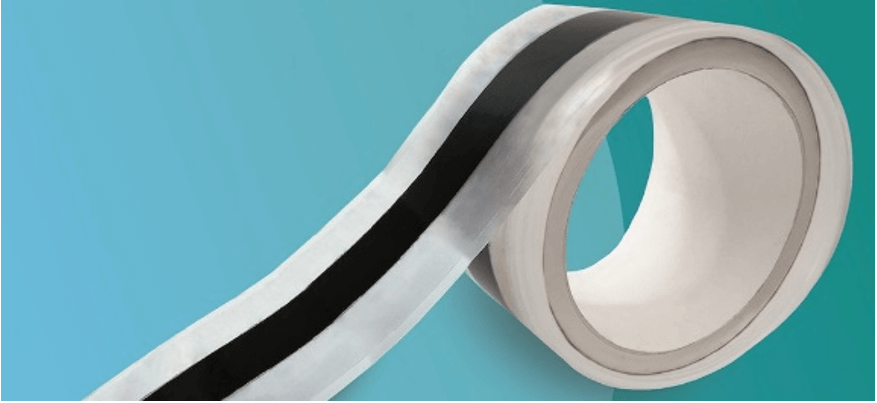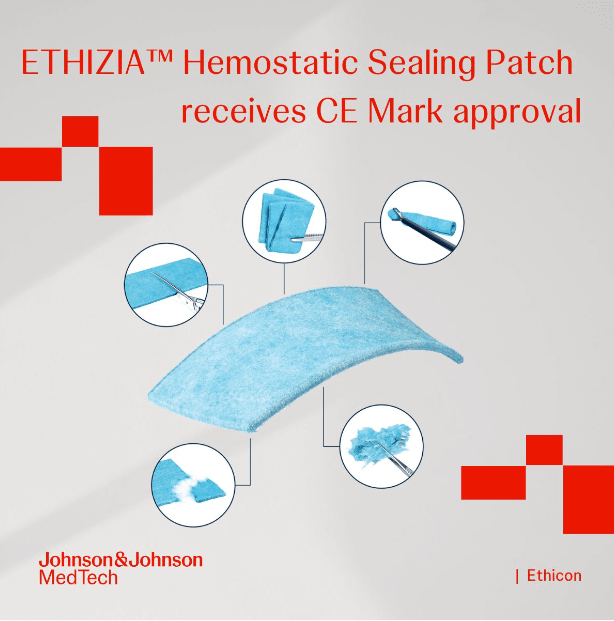
Close


Medical tapes, commonly referred to as surgical tapes, play a pivotal role in healthcare by securely affixing bandages or dressings onto wounds. Central to these tapes lies the technology of pressure-sensitive adhesives (PSAs), that form instant connections upon contact with surfaces, eliminating the need for heat or solvents.
Pressure-sensitive adhesives have undergone a remarkable evolution to meet the dynamic requirements of the healthcare sector. A notable example is medical tape, a specific type of pressure-sensitive adhesive tape used in first aid and medicine for securing bandages or dressings onto wounds.
In this blog, we will learn about Pressure Sensitive Adhesives, their evolution, Technological Advancements and Innovations of Medical Tapes, lastly, Notable Breakthroughs.
Let’s begin by understanding the fundamentals of Pressure-Sensitive Adhesives.
Pressure sensitive adhesives (PSAs) are adhesives that form connections with surfaces instantly upon touch; they don’t require heat or solvents to activate.
Their rapid and simple application—which requires no specialized tools or intricate procedures—makes them especially vital for medical applications.
In addition to adhesion to a range of materials used in wound care, device wearables, device assembly, microfluidics, and many other medical applications. These adhesives can be customized to exhibit specific skin bonding and wearability properties, making them essential in the medical products industry.
You can learn in detail about Medical Adhesives, their types, uses, and advancements in our previous blog.
PSAs may be customized for a variety of applications, have great wearability attributes, and work well with a wide range of materials.
The historical evolution of adhesive tape, from its surgical origins in the 1840s to wartime innovations like Duct Tape in 1942, seamlessly connects with recent advancements in the medical tape market. Today’s medical tapes feature silicone adhesives, nanotechnology, hydrogel adhesives, biodegradable materials, and smart functionalities, marking a progression of innovation that enhances patient care and monitoring.
Recent years have seen notable technological advancements in the medical tape industry. The following are some major advancements in medical tape:
Medical-Grade Urethane Adhesives: An Affordable, Low-Trauma Alternative to Silicone

Source: >>
Tokyo-based Toyo Ink Group’s division, Toyochem, introduces polyurethane-based pressure-sensitive adhesives (PSAs) as a low-cost, low-trauma alternative to silicone. Ideal for sensitive skin, these PSAs offer high moisture permeability and minimal skin exfoliation, ensuring pain-free removal and repositioning for custom surgical tapes and dressing films. Developed leveraging expertise in urethane chemistry, the silicone-free PSA system strikes a delicate balance between adhesion and release, meeting the ISO 10993-1 standard and providing a cost-effective advancement in medical adhesive technology. [4]
DuPont Unveils Advanced Liveo Soft Skin Conductive Tape for Pioneering Biosignal Monitoring

Source: >>
DuPont introduces Liveo Soft Skin Conductive Tape 1-3150, a silicone-based thermoset adhesive marking a significant advancement in biosignal monitoring. This innovative tape combines silicone technology with electrically conductive properties, serving as a skin-dry electrode for prolonged patient monitoring with superior data quality and comfort. Addressing industry demands, the tape offers good skin conformability, repositionability, and gentle adhesion, making it ideal for medical wearable patches. [5,6]
Ethicon Introduces ETHIZIA™ Hemostatic Sealing Patch, Clinically Proven to Stop Disruptive Bleeding

Source: >>
Ethicon, part of Johnson & Johnson MedTech, has unveiled ETHIZIA™ Hemostatic Sealing Patch, proven to halt challenging bleeding in surgeries, offering rapid hemostasis in 30 seconds for 80% of patients. This innovative patch, set to launch in early 2024, enhances Ethicon’s surgical solutions, addressing critical unmet needs in controlling disruptive bleeding across global markets. The introduction of ETHIZIA™ complements their biosurgery portfolio, reinforcing their commitment to delivering breakthrough solutions for surgical complications. [7,8]
Over time, pressure-sensitive adhesive tapes have not only revolutionized wound care but have also adapted to diverse medical needs.
Recent advancements in materials like silicone, nanotechnology, hydrogel, and biodegradability have reshaped the landscape of pressure-sensitive adhesive tapes, offering improved skin compatibility, durability, and environmental sustainability.
The integration of technology in these tapes, enabling functionalities like remote monitoring and compatibility with electronic medical records, marks a significant stride towards efficient healthcare delivery.
As the pressure-sensitive adhesive tape industry continues to progress, focusing on customization, eco-friendly approaches, and support for wearable devices, it paves the way for a more interconnected and patient-centric healthcare ecosystem.
As technology continues to evolve, it’s crucial to stay abreast of the latest developments. Services like Technology Research offered by Wissen Research can play a pivotal role in keeping the medical industry informed about cutting-edge advancements, ensuring that healthcare professionals have access to the most advanced and effective solutions.
Authored by: Guniyal Bagga
References
[1] https://www.can-dotape.com/adhesive-tape-consultant/adhesive-tape-history/
[2] https://www.openpr.com/news/2991001/the-future-of-medical-tapes-nanotechnology-and-biodegradable
[6] https://www.dupont.com/products/LiveoSoftSkinConductiveTape.html
Please Subscribe our news letter and get update.
© Copyright 2023 – Wissen Research All Rights Reserved.
Powered by VintageCoders